Resilience Web: Community Spotlight
Resilience Web is a campaign and platform that helps social justice organisations create maps of their area. Kim caught up with project founder Diner for an update on the project process and an insight into the tech stack.
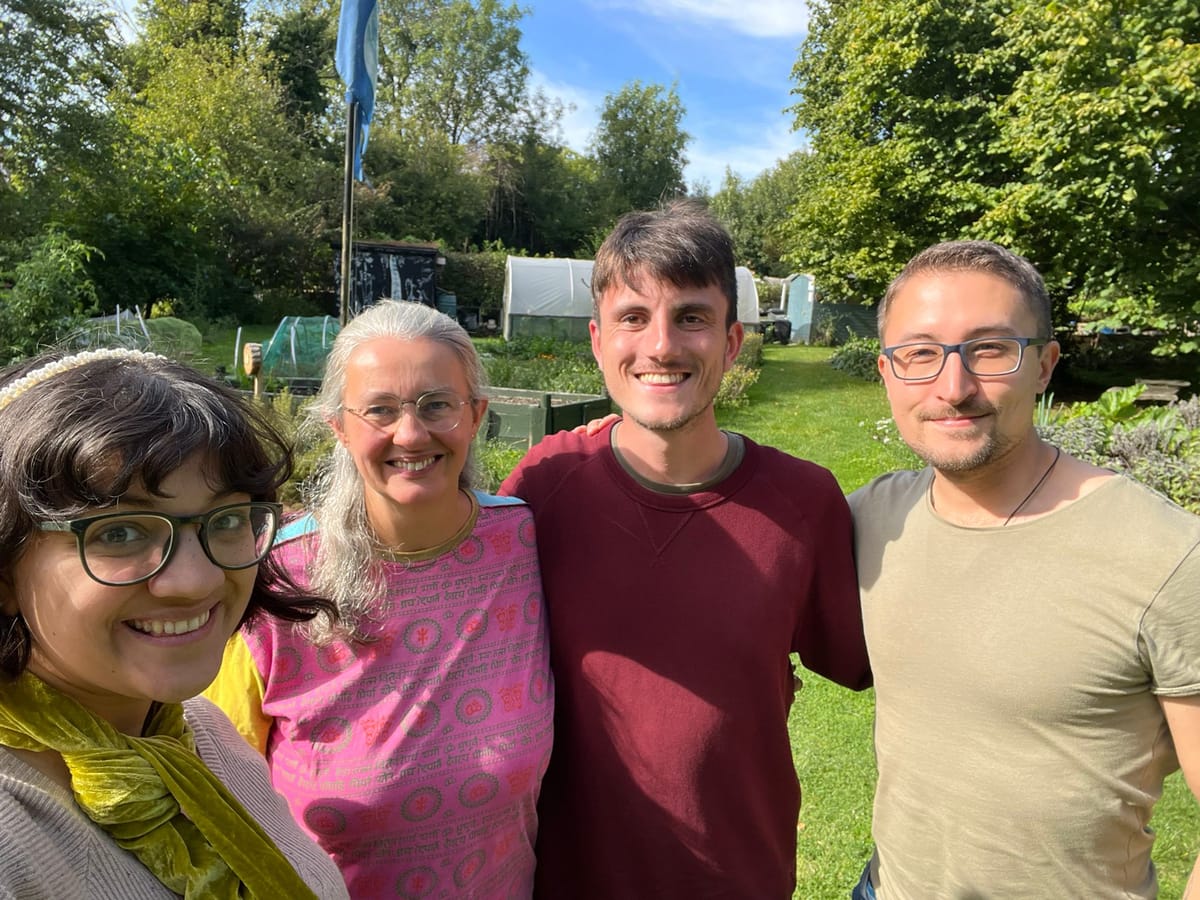
What is Resilience Web, in the simplest terms?
It's a platform that maps community, social justice and environmental groups in a local area. These maps are created and maintained by the people who live there. We call these place-based maps ‘Resilience Webs’, or just ‘webs’ for short.
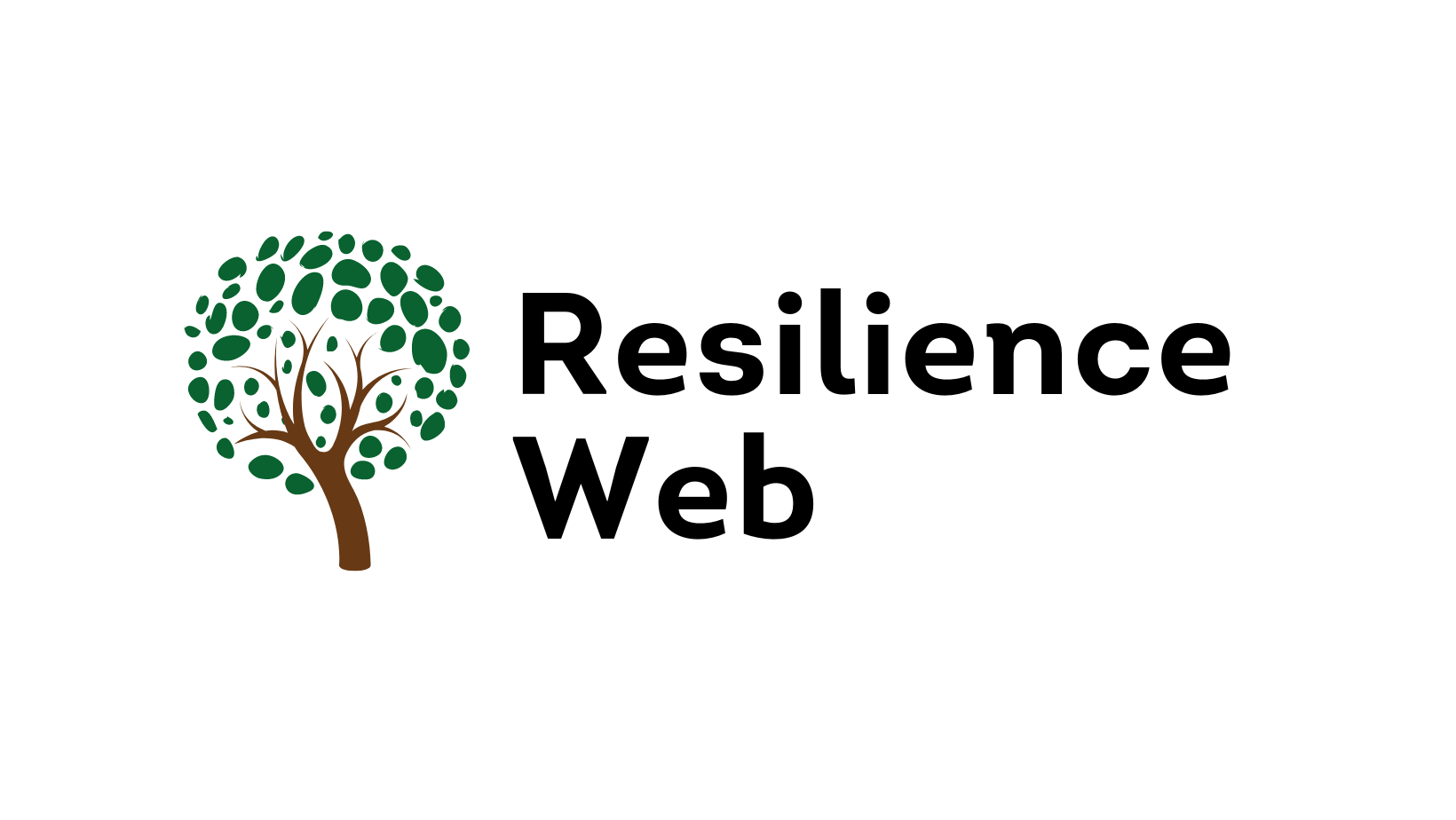
Our goal is to make it easy for neighbourhood residents to keep community information accurate and up-to-date. Anyone can suggest new listings or edits, much like Wikipedia. We also want to give more visibility to groups that are doing important work but may struggle to reach people, attract volunteers or get donations.
Recently we added geographical mapping features, and we are planning to add discussion boards, dynamic action buttons, local mailing lists and more, depending on feedback.
Resilience Webs are currently active in Cambridge, Norwich, South West London, York, Stroud, Carmarthen, and beyond.
How did you get started? Was it just you?
It began in early 2021, when Anna from Transition Cambridge asked in a newsletter if anyone could digitise a hand-drawn network of community groups that Meg had created.
I volunteered, built the first version in a few days, and put it online. Soon after, I started adding more features, replacing the spreadsheet with a proper database, and creating a list view. At that point Anna and I realised: "this could be useful for other places too!"
We put out another call in the newsletter, and found that others have been thinking about similar tools. That's when Helen and Charlie joined the team. Later on, Thea also joined as well.

What tech stack are you using for this and how do you like it?
The platform is built with Next.js (React) and a Postgres database managed through Prisma ORM. The public-facing site is statically generated at build time, and individual pages are updated on demand whenever listings change.
I like the stack, I am very productive in it. As mainly a frontend engineer, the biggest learning curve for me has been managing the database schema and migrations as the product evolved. Hosting on Vercel (who have sponsored us with free hosting for almost 4 years) makes deployments easy, which is great as I don't have much DevOps experience.
If I were starting today, I'd take time to compare newer options. Astro, for example, looks promising for projects like our that need to generate thousands of static pages.
Repo: https://github.com/ResilienceWeb/resilience-web
What are the current challenges you're facing as a platform?
The biggest challenge is capacity. Funding is hard to come by, so we all work on Resilience Web alongside our day jobs, usually just a few hours a week. That means we also need to be careful about burnout.
Another challenge is growth. The platform isn’t spreading as quickly as we’d like, mainly because we don’t have a dedicated person promoting it. Most of our users find us through search engines or links from partner websites.
We've hosted well-attended community workshops, the latest coinciding with the launch of our partnership with Cambridge Room. Together, we'll be mapping Cambridgeshire.
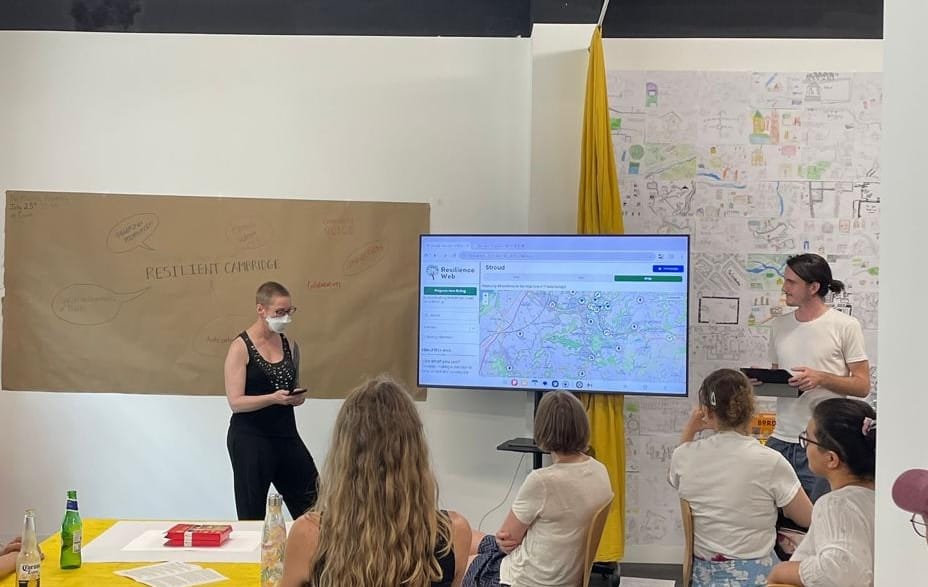
What do you think the differences are between Resilience Web and PlaceCal?
Resilience Web and PlaceCal are similar but distinct. Resilience Web displays groups themselves, while PlaceCal shows the events those groups organise. Resilience Web data is added manually, whereas PlaceCal pulls information from existing calendars.
That said, there's real potential to connect the two. For example, Norwich has both a Resilience Web and a PlaceCal. I'm currently working on a proof of concept that displays PlaceCal events directly on the Norwich Resilience Web.
How can people find out more or get involved?
Visit resilienceweb.org.uk and sign up to our mailing list to stay up to date. You're also welcome to join one of our monthly assemblies.
If you’d like to dive straight in, just click “Create a new web” on the homepage to start one for your area. There’s no pressure, you’re not committing to anything.
Thanks to Diner for the interview. Stay tuned for more info on how we are planning on working together at GFSC, or come and chat to us about it on our Discord!


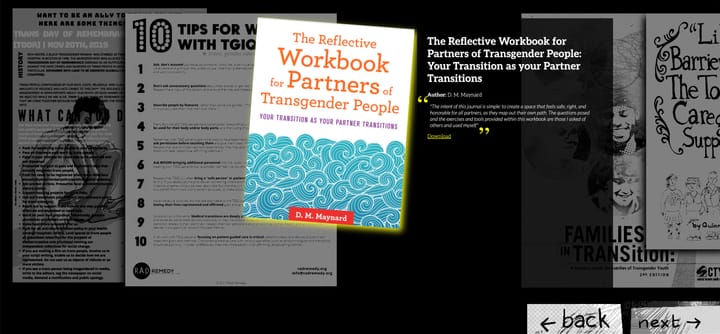
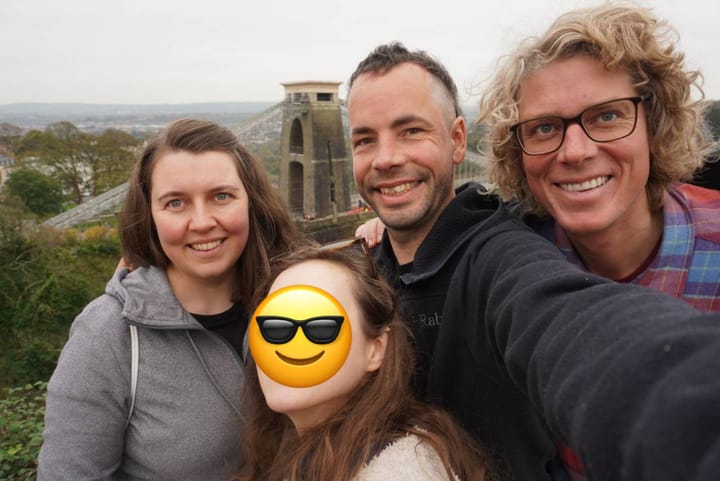
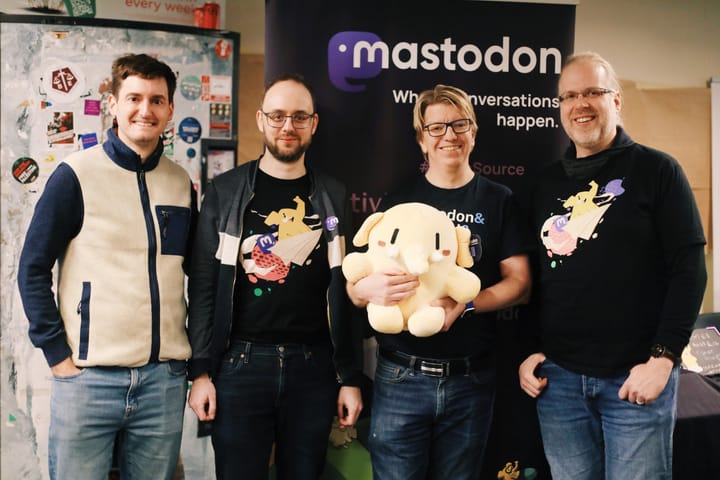
Comments ()